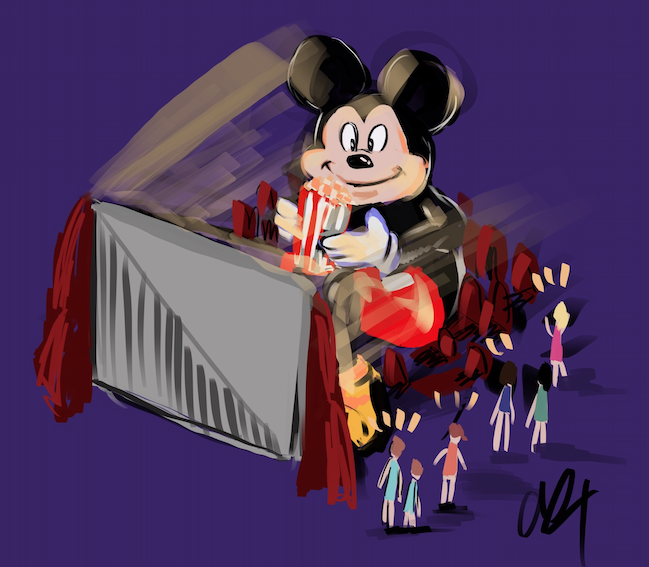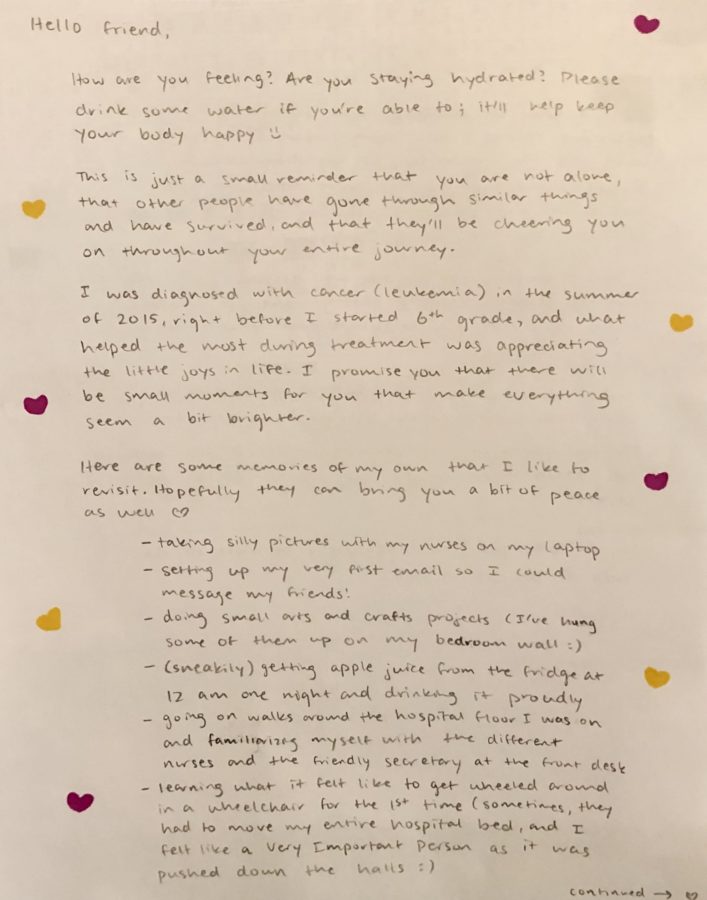Think of the movies that you watched or were excited for last year. Chances are that at least one of them is a Disney movie. From “Avengers: End Game” to “The Lion King” to “Frozen 2,” Disney churned out hit after hit after hit in 2019.
In fact, domestically, Disney managed to account for seven out of the top 10 highest grossing films (eight if you count “Spider-man: Far From Home,” which was co-produced by Disney-owned Marvel Studios). Worldwide, it also broke several records, earning $11.1 billion in revenue and pushing six (and counting) films past $1 billion in revenue.
And its dominance makes sense. Disney movies are colorful, exciting and kid-friendly. With its easily-palatable, fairytale-esque stories and action-packed superhero fare, Disney allows viewers to walk out of the theater feeling content and entertained every time.
But this assuredness has led to laziness. The live-action “Aladdin” and “The Lion King” are both remakes of old classics with no added novel features besides being live action. The other six top-grossing films are all additions to existing franchises. And as director Martin Scorsese said in his opinion for The New York Times, today’s franchise pictures are “sequels in name” but “remakes in spirit.”
Take Avengers, for example. Although I love them as much as any Marvel fan, it’s hard not to see the similarities from movie to movie. There are the heroes, the bad guy, some internal conflict, a rallying moment, a fight, some sacrifice and then a satisfying resolution. It’s the same story because it’s a well-loved story, a safe story. Pumped out 20 times over, it’ll still be able to rake millions for Disney, and at the end of the day, that’s all it cares about. So it continues to make its films using the same commercialized cookie-cutter and, as evidenced by this year, bring in mass profits.
But why does it matter if we, the consumers, remain happy? Reviews still remain largely positive, and even if they’re not — I’m looking at you, “Star Wars: The Rise of Skywalker” — people still leave theaters at least entertained for a few hours.
The problem, however, is not the presence of Disney films or even their feel-good nature, but how dominant they and other films that follow similar commercialized formulas are in the industry at large. With limited space at theaters and limited time for viewers, these large blockbusters are squeezing out independent films. According to its release calendar, Disney will be opening at least one film every month for the next four years, excluding April of 2023. This flooding of the market gives little room for other films to extend beyond Disney’s formula and explore cinema with more creativity. Like all forms of expression, movies are an art form, and their rapid commercialization under Disney is eradicating the element of risk needed to push filmmakers to experiment and grow.
So next time you walk into a movie theater, consider your options. Do you really need to see the latest version of whatever movie Disney is choosing to remake this time? If you do, then go ahead. There’s nothing wrong with enjoying a good Disney story. But if not, then consider watching something new. As Scorsese said, “there’s worldwide audiovisual entertainment, and there’s cinema.” We should try to support the latter as well.

























































































